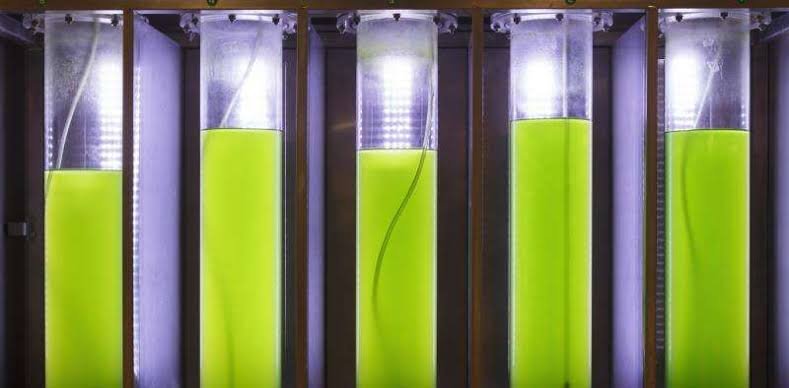
The ENBIO project uses excess energy from wind turbines to power sixteen 1,000-litre photo-bioreactors which grow algae that can then be used for biofuels. The project demonstrates how green technologies can work together, but can it make algae-derived fuel competitive? GlobalData’s power technology writer Umar Ali investigates.
Ali says: “Algae-derived fuel was an exciting prospect for energy companies in the early 2010s, with a number of investments made into exploring the potential of algae fuels to combat the climate crisis and facilitate the development of renewable energy sources.
“In 2010 the Algae Biomass Organisation (ABO) predicted that algae fuel would reach price parity with oil by 2018, with ABO head at the time Mary Rosenthal expecting “several billions of gallons” of algae to be produced as a fuel source by 2017.
“However, the reality of algae-based fuel today is far from the green superfuel predicted by the energy industry, and although these algae projects demonstrate the utility of existing renewable energy infrastructures, the viability of algae as a fuel source itself is up for question.
“A major problem with algae as a fuel source is the high-maintenance growing conditions required to produce the required quantities of algae – the plants need large open ponds, and significant volumes of CO₂ and fertiliser to enable the algae to photosynthesise fast enough at large scales.”
ENBIO business development officer Carole Shellcock tells GlobalData: “If we are talking about algae-based fuel, production cost is the main limitation. For the moment it’s around £10 per litre of biodiesel. The quantity of algae that needs to be produced to enter the market is huge compared to the current global production.”



